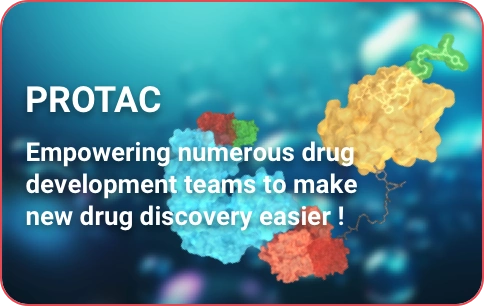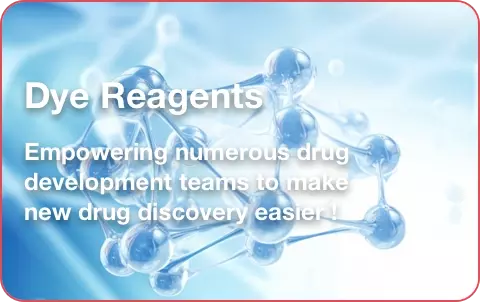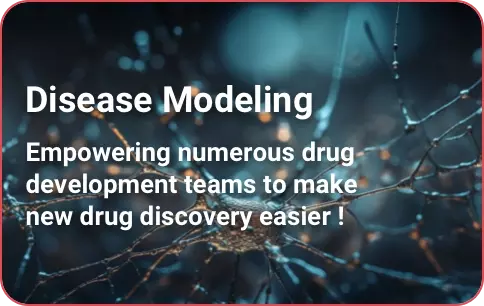 Your shopping cart is currently empty
Your shopping cart is currently empty
Fibroblast Growth Factors, FGFs
Fibroblast growth factors (FGF) are a family of cell signalling proteins produced by macrophages; FGF are involved in a wide variety of processes, most notably as crucial elements for normal development in animal cells. Any irregularities in their function lead to a range of developmental defects. These growth factors typically act as systemic or locally circulating molecules of extracellular origin that activate cell surface receptors. FGFs are multifunctional proteins with a wide variety of effects; they are most commonly mitogens but also have regulatory, morphological, and endocrine effects. A defining property of FGFs is that they bind to heparin and to heparan sulfate.
Length: 38-208, Full Length of Mature Protein
Activity: Organoid Coculture、Cells
- $88
Length: 32-194, Full Length of Mature Protein
Activity: Organoid Coculture
- $112
Length: 143-288, Full Length of Mature Protein of Isoform 1
Activity: Organoid Coculture、Cells
- $106
Length: 23-215, Full Length of Mature Protein
Activity: Cells Activity
- $59
Length: 1-208, Full Length
Activity: Cell Activity
- $58
Length: 54-206, Partial
Activity: Cell Activity
- $54
Length: 16-155, Full Length of Mature Protein
Activity: Cell Activity
- $38
Length: 1-154, Full Length
Activity: Cell Activity
- $38
Length: 23-216, Full Length of Mature Protein
Activity: Cell Activity
- $43
Length: 32-194, Full Length of Mature Protein
Activity: Cell Activity
- $43
Length: 1208, Full Length
Activity: Not Tested
- $52
Length: 1-207, Full Length
Activity: ELISA
- $88
Length: 1-155, Full Length
Activity: Not Tested
- $54
Length: 4-208, Partial
Activity: Cell Activity
- $54
Length: 29-209, Full Length of Mature Protein
Activity: Cell Activity
- $50
Length: 16-155, Full Length of Mature Protein
Activity: Cell Activity
- $56
Length: 23-204, Full Length of Mature Protein
Activity: Cells Activity
- $59
Length: 1-210, Full Length
Activity: Not Tested
- $61
Length: 11-154, Partial
Activity: Cell Activity
- $38
Length: 13-158, Full Length of Mature Protein
Activity: Not Tested
- $95
Length: 27-216, Partial
Activity: Not Tested
- $98
Length: 28-199, Partial
Activity: Cell Activity
- $85
Length: 1-207, Full Length
Activity: ELISA
- $42
Length: 41-208, Partial
Activity: Cells Activity
- $43
| Size | Quantity | Unit Price | Amount | Operation |
|---|

Copyright © 2015-2025 TargetMol Chemicals Inc. All Rights Reserved.




















